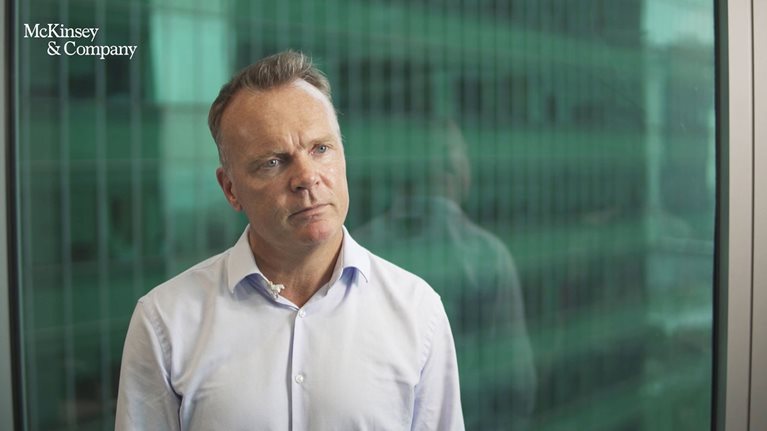What do you see as the top three most disruptive, powerful forces shaping the hydrogen market in Asia over the next 10 years?
I think the three most important points are—on the one hand, it’s a technological advancement. Two it’s really the cross-functional and cross regional working together. And three, I think it’s government supporting with enabling policies and also with national road maps on how to deploy that.
Let me go on the technological advancement. There’s so much going on right now and a lot of that is basically driven out of Asia. And I think right now it’s not the challenge of finding a new technology, but rather the advancement of technologies on the manufacturing side and the scaling up of these technologies.
If you look at many of these projects that are not single sector, single country projects, but in many ways, this happens in a collaboration of many of these players at the same time. So that is why this collaboration is so important across sectors, because it is in a pre-competitive stage and basically scales up this whole industry.
And the role of governments is less of supporting directly with subsidies. That is often a question, but it’s more like ensuring that we have global codes and standards for safety for example, or for permitting of certain hydrogen facilities.
So I think governments in the way of deploying national road maps and guiding the industry in these pathways can play an important role here.
Where do Asian countries currently stand in the global hydrogen market, and where do you see potential for growth?
Basically, Asia right now is the global hotspot for the hydrogen economy inter-deployment. Japan is one of the showcase countries that wants to pursue a hydrogen society, and is I think globally leading in that respect.
So for example next year in 2020 towards the Olympics in Japan, we will see a whole hydrogen society being deployed at a small scale towards the Olympics.
So you have the Olympic Village being heated with hydrogen-powered fuel cells. You have heating and cooling of hotels by hydrogen. You have the buses and passenger cars operating on fuel cells.
Would you like to learn more about the Future of Asia?
So Japan basically depicts on a very small scale what this country is pursuing at the large scale in transforming to a hydrogen society.
As we speak, the largest producer of fuel cell trucks and buses is China. So therefore they just identified that we will not live in the world where we have a battle between, is it battery electric or is it fuel cell. But we really see a coexistence of these very complementary technologies.
How can CEOs in Korea respond to the forces shaping the hydrogen market as they think about their business strategies for the next decade?
I think what is super critical in the hydrogen market is that this is all about the transition period. The real challenge is the transition that happens over a decade or more. So here the market timing is important.
First of all, you need to identify the portfolio elements and the markets you want to play in, and also where you believe you have a competitive edge against your competitors. If you are just hinging on the strategy that is “wait and see”, you might be too slow, and the market goes without you.
At the same time if you are too quick and the market is not yet ready, you overspend in R&D dollars and basically don’t see the end of the tunnel.
So therefore, the market timing here is a super important element for leaders of companies to watch out for.
The second thing that I think is equally important—we are speaking here about multi-sector multi-regional projects. Many of these projects or markets can only be deployed if a group of companies of often five to 10 players across the value chain get together and enable the market.
So, I think therefore it is also very important to identify the right partnerships that make you successful and find the competitive strategy for yourself.


